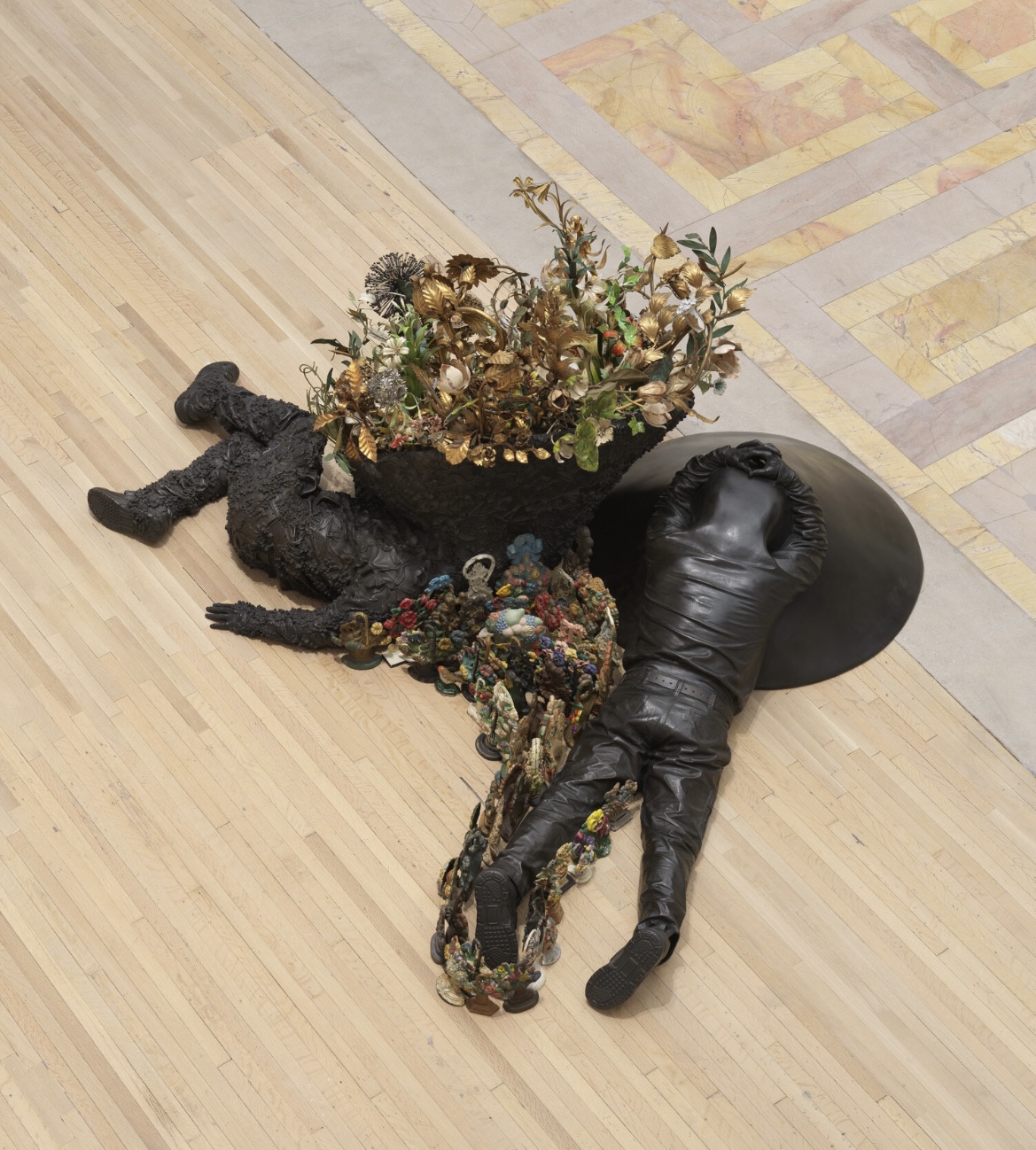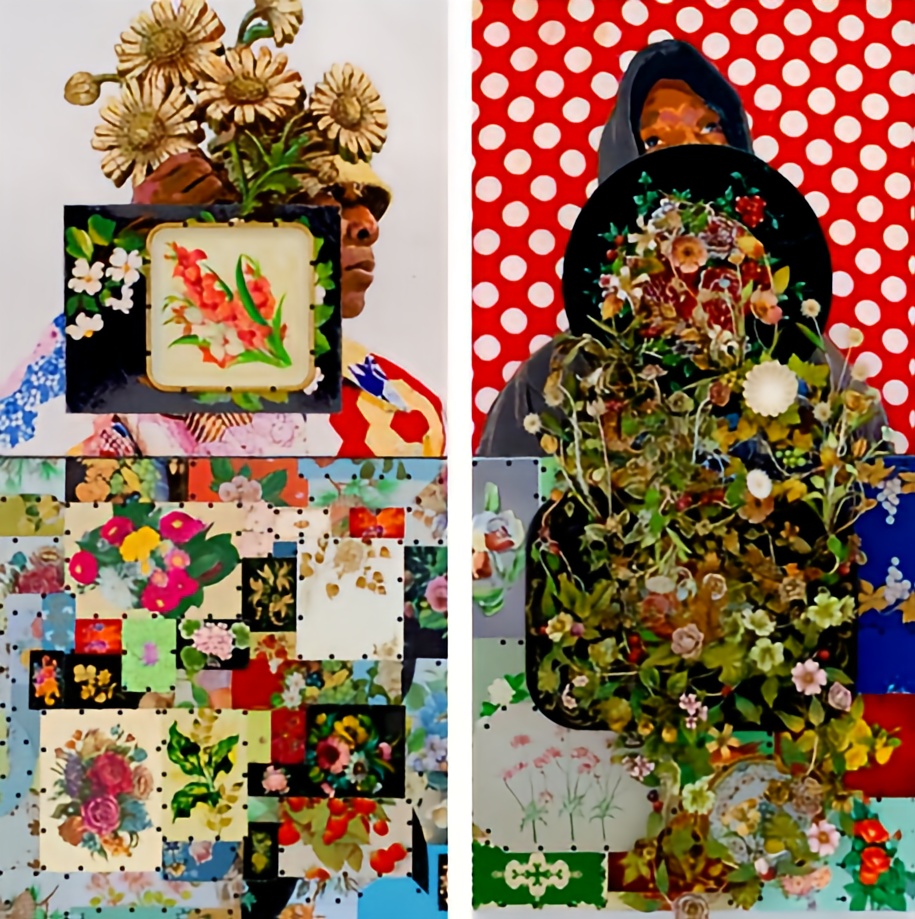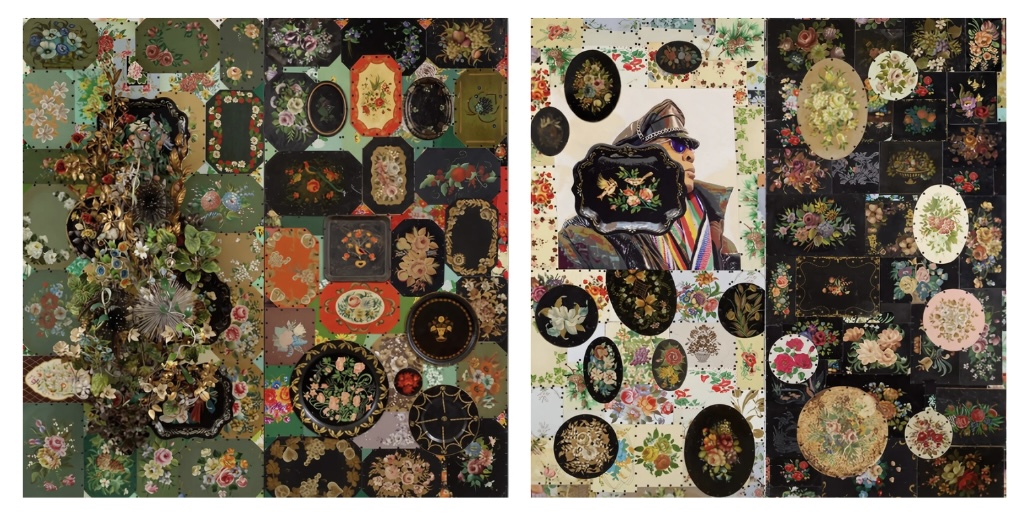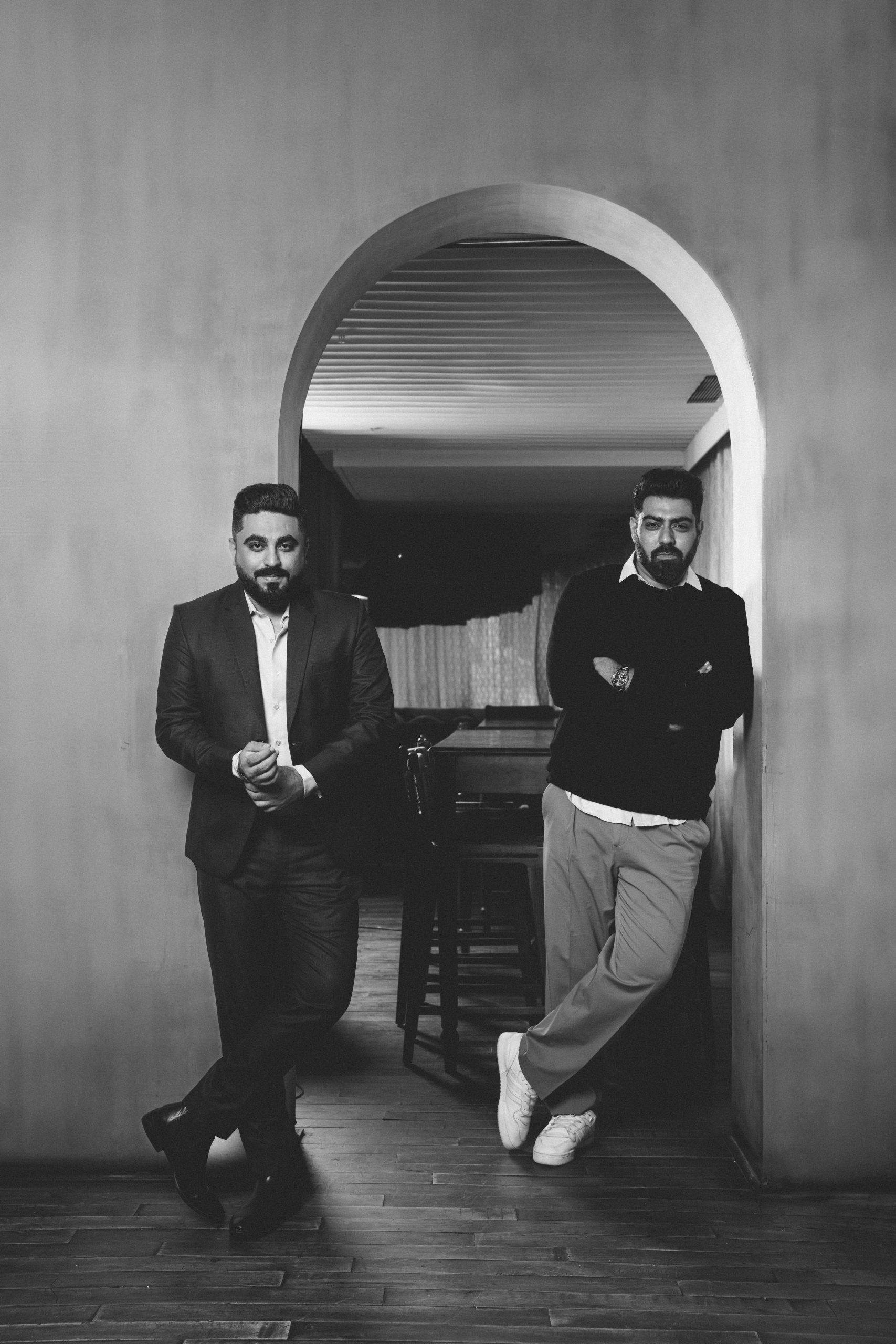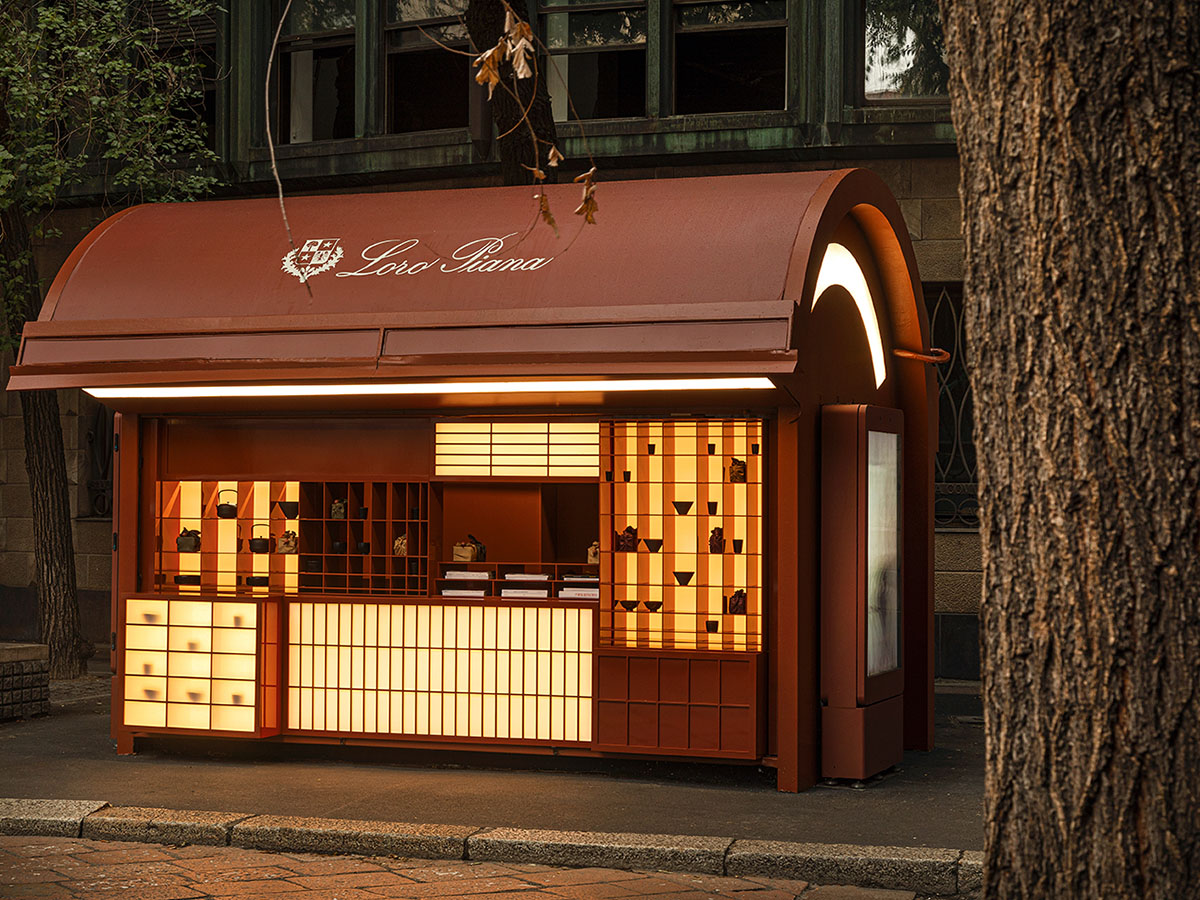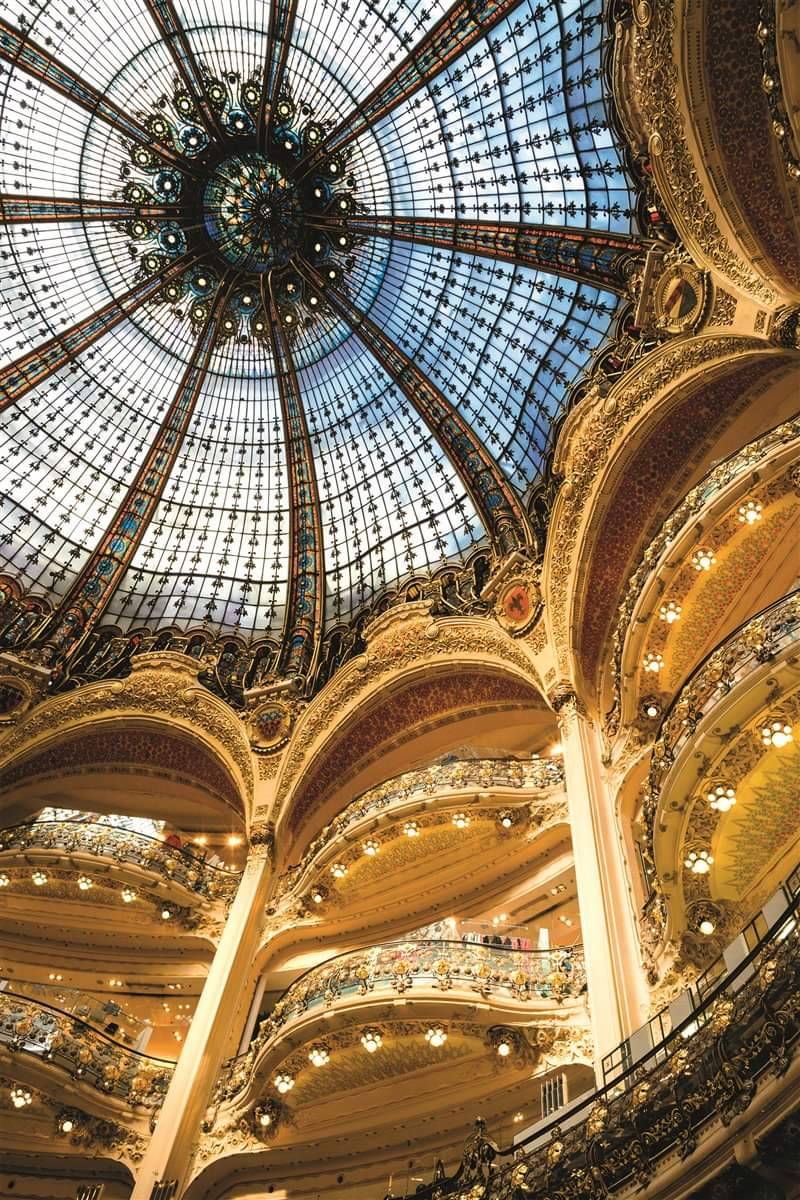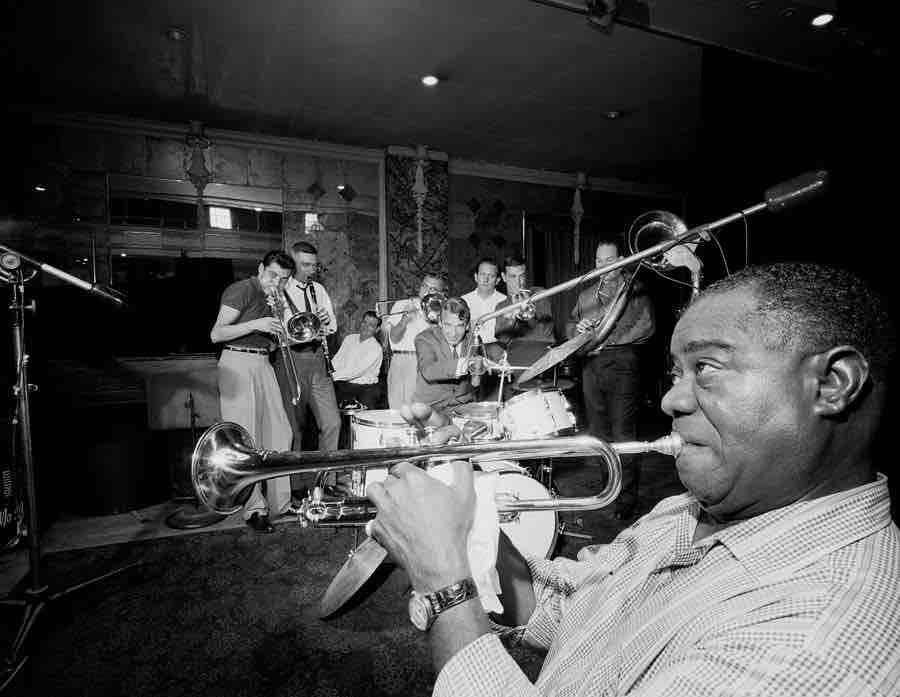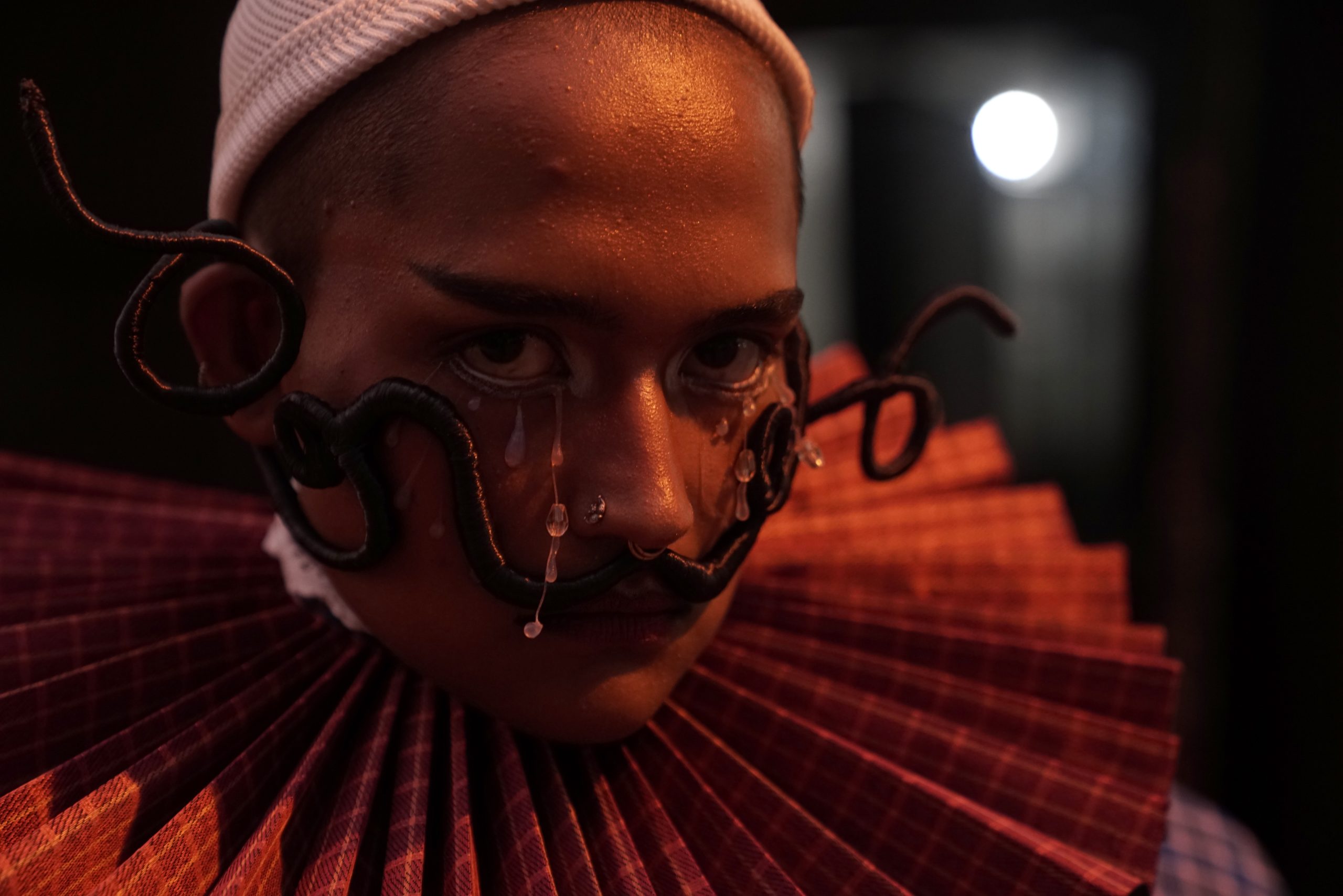Nick Cave’s latest exhibition at Jack Shainman gallery’s newly renovated Tribeca space is a masterful interplay between scale, materiality, and social critique. Housed in the historic Clock Tower Building, the show engages with the grandeur of its setting, transforming the space into a site of contemplation and confrontation. Cave’s signature maximalist approach ensures that his sculptures do not merely occupy space — they command it.
The towering ceilings and vast expanse of the gallery provide an ideal stage for Cave’s Amalgams and Graphts series. His Amalgams — monumental bronze figures that fuse human forms with organic elements — create an immediate sense of awe. Amalgam (Origin), standing nearly twenty-six feet tall, is both imposing and ethereal, suspending the viewer between presence and transcendence.
Bronze bodies in repose, flowering resilience against adversity
Cave’s Amalgams and Graphts series is an exercise in discovery. His ongoing exploration of social issues, race, and memory is not just presented but felt in the way his work takes up space and demands engagement. This interplay between scale and detail is particularly effective in Amalgam (Plot), where two bronze figures lie side by side, recalling moments of racially motivated violence. One figure faces up, while the other lies face down, hands behind its head—a haunting reflection of vulnerability and resistance. Atop one of the figures, an abundant arrangement of metal flowers emerges, transforming the body into a memorial garden. The weight of history is tangible in the textures of the bronze, where Cave’s own fingerprints remain, grounding the piece in both personal and collective trauma. The tension between brutality and renewal is ever-present, echoing the exhibition’s overarching themes of remembrance, presence, and transformation.
Identity quilted through vintage vessels
Moving through the gallery, the Graphts series offers another layer of introspection. Cave weaves together vintage serving trays and needlepoint portraits, evoking histories of domestic labour and class. The sheer density of elements—the familiar against the ornamental—pulls the viewer in, creating a sensory overload that oscillates between nostalgia and social critique. The experience is layered, much like the artist’s process, inviting a slow unravelling of meaning as one navigates between material, memory, and representation.
In an interview with Artsy, Cave reflected on the trajectory of his large-scale bronzes, particularly Amalgam (Origin), which will join the collection of the Frederik Meijer Gardens & Sculpture Park in Grand Rapids, Michigan, after the exhibition closes. “I’ve been trying to get to this sort of large-scale bronze for many, many years,” Cave stated, emphasising his interest in “how the work can find its way out of institutions and galleries and into public spaces.” This sentiment underscores the exhibition’s broader conversation on occupying space — not just within the gallery, but in the public realm where it can continue engaging diverse audiences.
Heritage stitched in metal and thread
Cave’s exhibition at Jack Shainman gallery is not just a showcase of technical mastery — it is an assertion of space, identity, and the transformative power of art. The works challenge viewers to reconsider their assumptions about art and society. The show leaves us questioning — how does presence shape perception, and how does the scale of an artwork demand our attention in ways that quieter works may not? Cave’s work sits at the intersection of confrontation and beauty, ensuring that even as we leave the gallery, the dialogue it creates continues to resonate.
Words by Vriddhi
Featured image is courtesy of Jack Shainman Gallery

